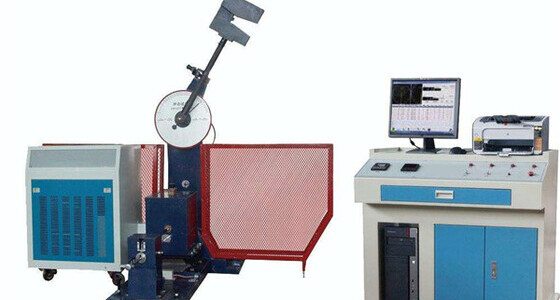Impact Testing
During the life cycle of a product, it can experience vibrations and shocks. These impacts can seriously damage the product — for example, when a handheld device is accidentally dropped on the floor. Mechanical shocks may influence the eventual lifetime of a product. Impact tests can provide information on the failure behavior of the product and related materials or components.
Standardized impact tests are applied to accurately determine the shock resistance of a component, product or packaging material in an accelerated way. The response of a component or product subjected to shocks is dependent on the pulse duration and the amplitude of the peak. The outcome represents the type of mechanical damage during lifetime.

Examples of damage that could occur:
- Fracture
- Permanent deformation
- Fatigue
- Wear
By using an impact tester, drop tests can be carried out in a standardized, reproducible way. The orientation of the product or component can be kept the same for all drops. To obtain correct information on the mechanical lifetime of the material or product, it is important to define a test plan. In this plan, the following aspects should be taken into account:
- Standard according to which the test will be carried out
- Number of samples
- Number of drops
- Drop height
- Pulse duration
- Inspection criteria
- Inspection frequency
- Ways to characterize failure
After performing the actual impact tests and evaluating the data, an expected lifetime of the material or product under investigation can be determined based on model calculations. Design weaknesses that become visible during testing can be further investigated by using our portfolio of material analysis techniques.
Ideal Uses of Impact Testing
- Verification of PCB’s, electrical modules and assemblies, handheld devices
- Accelerated mechanical damage testing
Strengths
- Reproducibility
- Standardized tests
- Small voltages and currents can be measured during falls
Limitations
- Maximum sample dimensions are 30x30x30 cm (length x width x height)
- Range pulse duration: ~ 0.5 – 25 ms
- Maximum g-force is 5000 g
